Forget the pedantic classifications of genres, styles and schools. When it comes to dance performances, it all boils down to two kinds: those that make one think and those that entertain. Anne Teresa de Keersmaeker is a veteran of the first category. Since 1983, the year she founded her company Rosas, she has used the choreographic idiom to explore and question other areas of culture and performance-making. Music and its multiple uses have always been her main sources of inspiration, and her thought-provoking, if not puzzling or purely irritating, challenges to music remain at the core of her creative process. Over the years, she has also fine-tuned her signature movement vocabulary: carefully thought out, austere, never gratuitously ornamental. But it is also engagingly unpredictable, still prompting all sorts of thinking games among viewers — or, as her detractors would say, giving them a damn good headache.
Last week, the opening of Vortex Temporum was saluted by a rather thin number of dance-goers. Luckily, their enthusiasm compensated for the theatre’s unusually empty seats. Her work is applauded and followed with almost religious reverence on the Continent, but its merits remain open to debate over here. Whether such diverse reactions stem from the different responses to those thinking games, or depend on choreographic aesthetics, which, for cultural and artistic reasons, are still regarded as too ‘Continental’, is difficult to say. Having grown up in that Continental milieu of ideas, revolutions and revisitations, I tend to like her works.
Vortex Temporum has all the distinctive traits of Keersmaeker’s art, and yet is never tritely predictable. Here, as in other recent creations, she confronts the audience with a non-dance opening — a performance of Gérard Grisey’s 1996 score by six members of the Ictus ensemble. Their performance is not just about music, though, for they ‘perform’ in every sense, building a crescendo of tension and emotions. From that moment on, the interaction between music and dance is dissected and analysed through a series of ideas that alternate, combine and contrast with each other, with the movement of the musicians and the dancers following specific temporal and spatial patterns. I would have preferred the performance not to end in such a conventional way, and for things to have been left more daringly unfinished, to provoke the viewer more.
I also like good entertainment, however. And that is what I got from the artistically refined, dazzling performance of Dutch National Ballet’s Junior Company. Devised as a sort of ‘docu-performance’ — in which projected interviews with the dancers preceded each of the danced items in the programme — the young professionals’ showcase kicked off with a potted, vibrant, though slightly inaccurate, history of ballet. The first part, therefore, focused on refreshing renditions of classics such as Swan Lake, Diana and Actaeon, Sleeping Beauty, but also included a reconstruction of a stately minuet and an amusingly pyrotechnical solo based on the 100 — plus a new one — positions of the ballet idiom. Contemporary ballet occupied the second half, highlighting the impeccable artistic eclecticism of every member of the company. I, for one, will be eagerly awaiting their next London visit.
Got something to add? Join the discussion and comment below.
Get 10 issues for just $10
Subscribe to The Spectator Australia today for the next 10 magazine issues, plus full online access, for just $10.
You might disagree with half of it, but you’ll enjoy reading all of it. Try your first month for free, then just $2 a week for the remainder of your first year.

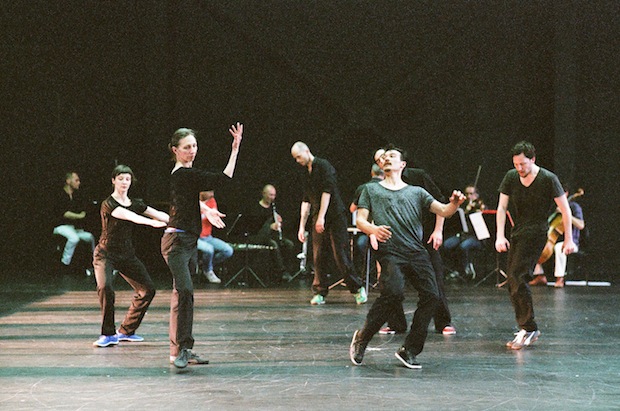
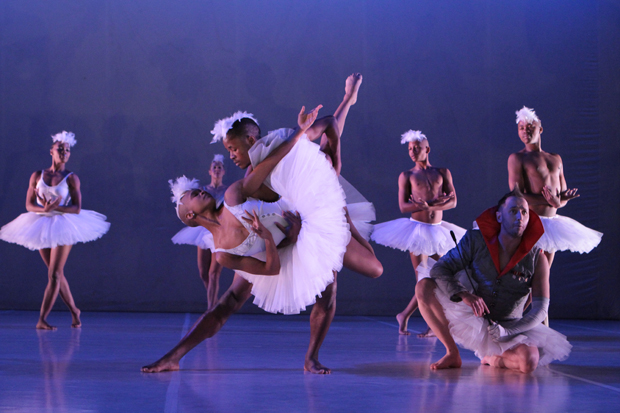
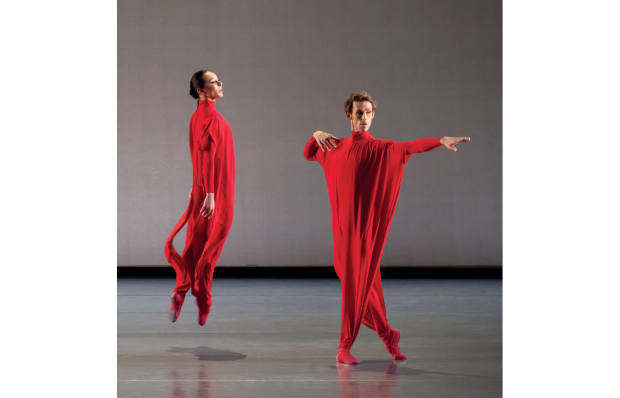
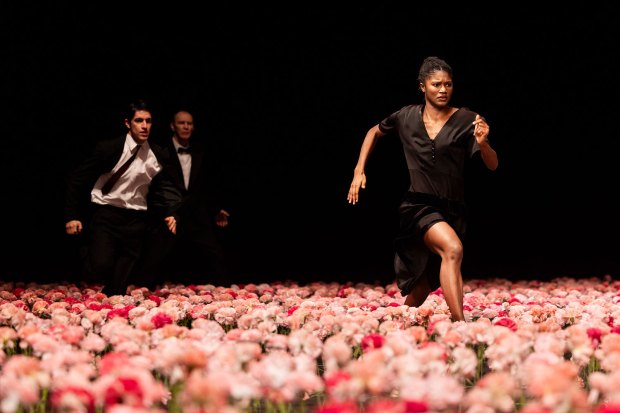
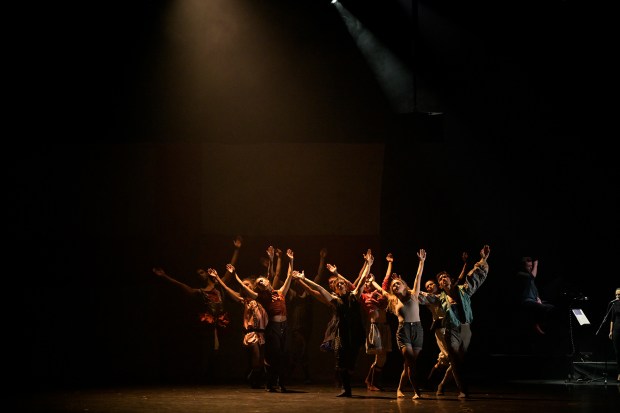
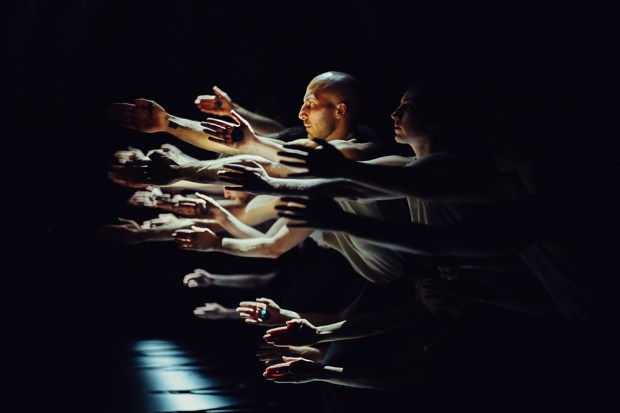







Comments
Don't miss out
Join the conversation with other Spectator Australia readers. Subscribe to leave a comment.
SUBSCRIBEAlready a subscriber? Log in